Most of us have suffered through boring travel videos featuring our fellow sojourners stiffly posed in front of landmarks. It doesn’t have to be that way. By adding a bit of creativity, you can propel your travelogues into the must-see category.
Because every trip is different, there is no single formula. Hopefully, some of the following tips will prove useful when you make your next road picture.
1. Keep it short. Better to have viewers asking for more than wishing for less. While it’s reasonable to shoot plenty of footage, by careful selection of the best clips–and by trimming the clips that you do use–you can make an entertaining travel video that runs three minutes or less. See “Prague in a Minute.”
2. Choose a theme. Audiences like to know what a movie is about. If your trip is devoted to a specific topic—like Guillaume Blanchet’s football odyssey—you won’t have trouble finding the heart of your story. But if you’re on a general sightseeing trip, you have the opportunity to make a creative choice. For example, you might decide to make your video about exploring old buildings or capturing street bands or discovering unusual shops. If on your trip you frequently get lost, that could make an entertaining narrative framework.
3. Use lots of close-ups. For many of us, the default is to stand back. As Hollywood moviemakers have long known, coming in close is a way to built interest. Look for the details such as a carving on a church door, a surprising store window display, or an exotic culinary creation. A group chess players intent on their game could be dramatic. You’ll be surprised at how close people will allow you to get when you show an interest and ask permission. You’ll see many examples in Mike Staniforth’s USA Trip 2012.
4. Create mini-stories within your larger story. Suppose that you’re at a farmers market with lots of stalls. After capturing the big picture, you might choose one vendor—say a kabob maker—and shoot a series of shots such of the vendor’s hands, his face, the food on the grille, and someone eating. Use various angles—especially close-ups. This kind of “side excursion” lasting perhaps 30 seconds should delight your audience. You’ll find a classic lesson on how to make this kind of compelling sequence here.
5. Plan a real beginning and a real ending. Visual bookends let your viewers know that you’re telling a story rather than tossing unrelated shots at them. For example, if you’re documenting a ski trip, shooting someone loading the equipment into the car could make a solid opening. A shot of someone’s leg in a cast could do for the climax. (We’re not wishing trouble on you. Just saying…)
Airport departure board is the opening shot of USA Trip 2012
6. Use reactions shots. Most memorable movies—including travel classics like “The Endless Summer and “The Way”—are built around characters. But you don’t need trained actors. Your traveling companions will do fine. The secret is to show them engaged in an activity like hiking, and then have them turn their heads to see something new. At that point you cut to what they’re looking at, for example, a cable car, a hot air balloon or a majestic waterfall.
7. Put yourself in the picture. The camera operator is also a traveler. Remember to ask your compatriots to take shots of you. If you’re traveling alone, invite a passer-by to film you, or use a selfie stick.
Two selfie stick shots from USA Trip 2012
8. Incorporate titles. Apps such as iMovie make it easy to add titles to your video. There are many options, such as placing titles onto black or white screens, superimposing titles over images, or animating titles. For best results, avoid saying what the pictures show. If you have a shot of the Eiffel Tower, no need to label it. But if you’ve filmed a lesser-known structure—for example, the beautiful interior of the Bradbury Building used in “Blade Runner”—naming the place can be a plus.
9. Experiment with visual effects. Slow motion, time lapse, and unnatural colors can add texture to a travel video. To avoid the danger of ending up with a gimmicky-looking video, use visual effects sparingly as does Luis Mendes in his “Short Weekend on Rio.”
10. Add music. Well-selected music boosts almost any travel movie. The obvious choice is to use music associated with the place you’re visiting. For example, Zydeco makes sense for a travel video about New Orleans. But you may wish to be more musically adventurous, like Stanley Kubrick who chose “The Blue Danube” waltz to accompany a trip to a space station. This kind of surprising music track works especially well if you’re going for humor. You can find plenty of free or inexpensive music at sites like Audiojungle.net.

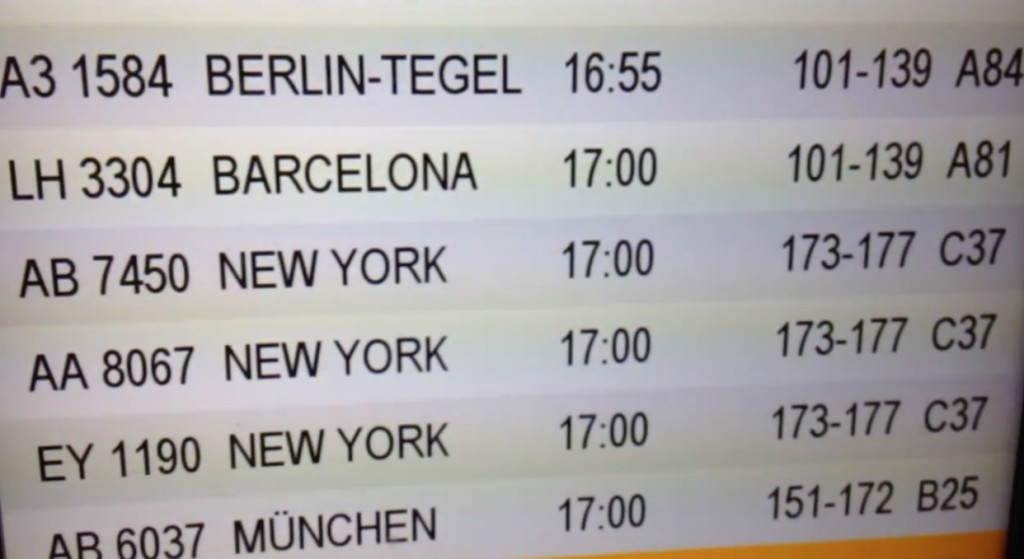
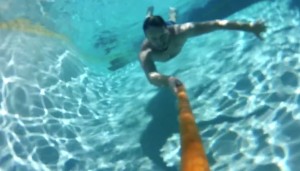
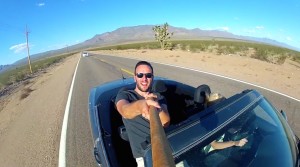


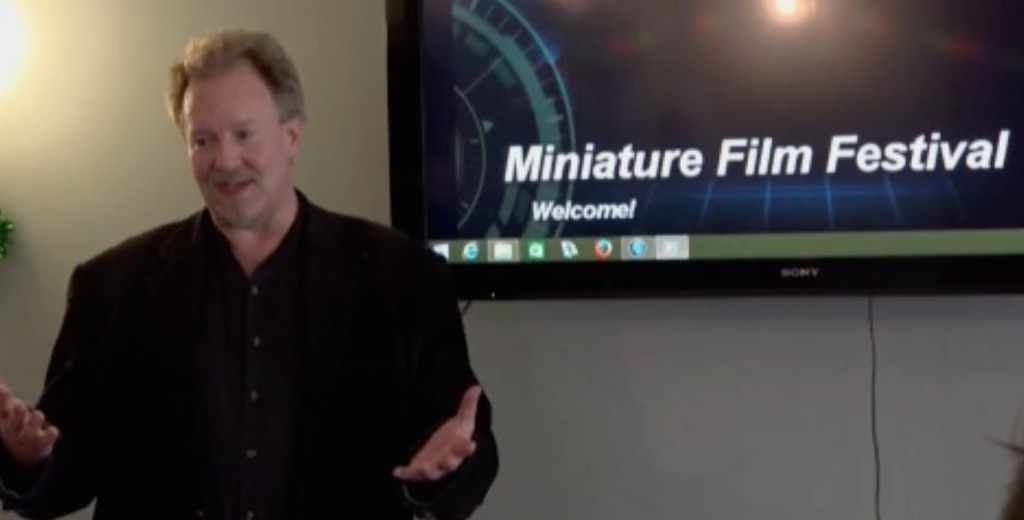 Previous post
Previous post
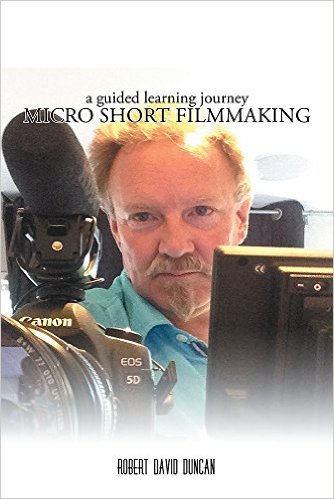 Next post
Next post





